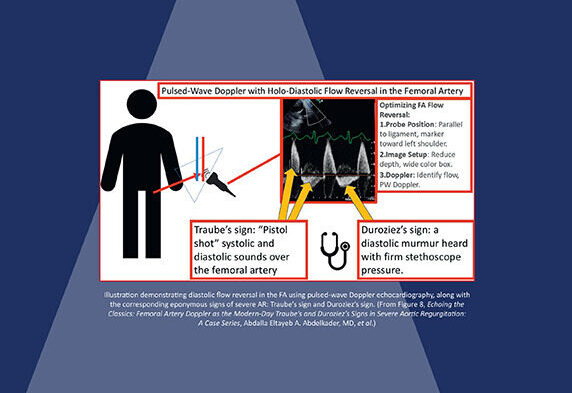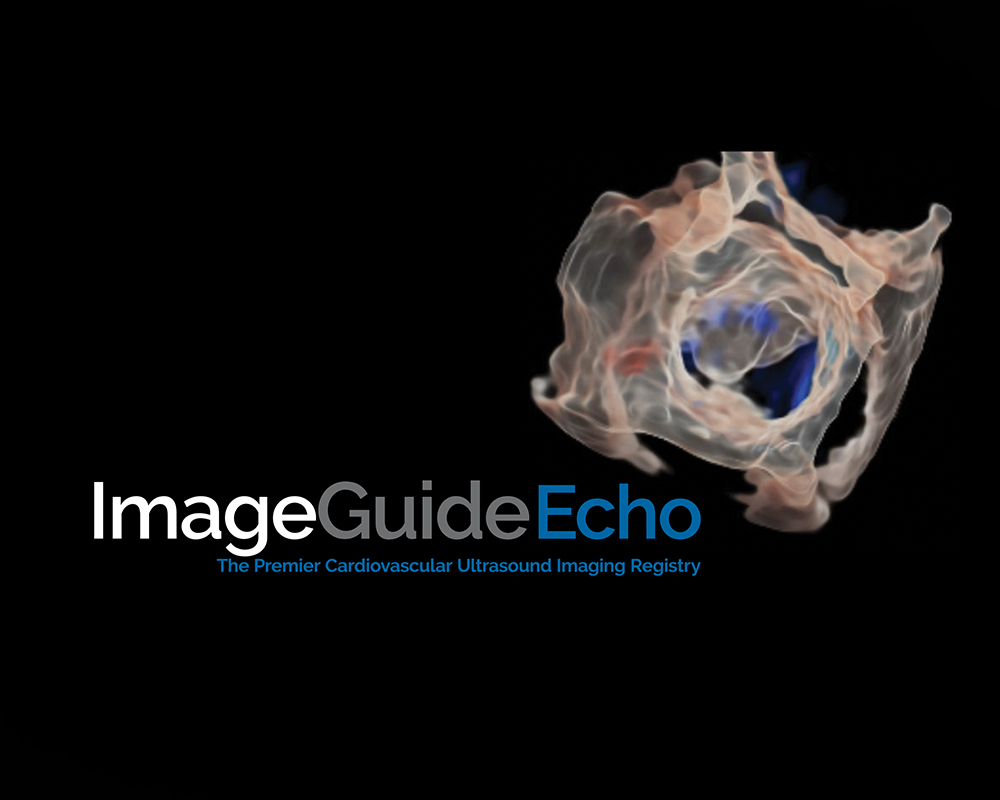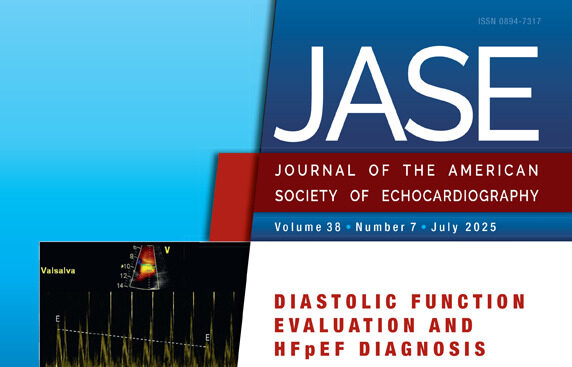
ASE News
ASE 2025 Scientific Sessions, Sept. 5-7
August 27, 2025

ASE News
A Gust of Fresh CASE Reports: August CASE
August 20, 2025

ASE News

Announcements
An Abundant August JASE
August 5, 2025

An Instant Hit: July CASE
July 23, 2025

ASE News

Hot Off the Press: July JASE
July 9, 2025

Press Release

Member News
ASE Appoints 2025-2026 President
July 3, 2025

Announcements
2026 ASE Award Nominations Open
June 24, 2025
